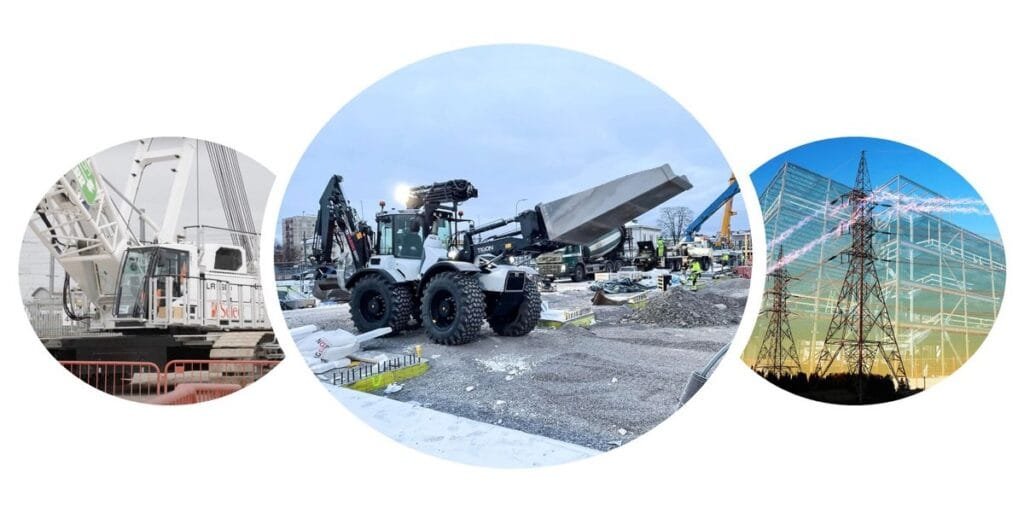
Mobile Charging in Construction
Environmental Sustainability
Electric construction equipment reduces emissions, improving air quality and combating climate change.
Healthier Work Condition
Reduced emissions create safer, healthier environments for workers and surrounding communities.
Cost Savings
Lower fuel use and reduced maintenance lead to substantial long-term savings.
Enhanced Worker Safety
Quieter equipment and reduced vibration lessen health risks and operator fatigue.
Performance Advances
Electric machinery offers power comparable to diesel with enhanced automation and control.
Site Adaptations
Construction layouts evolve to accommodate new charging infrastructure needs.
Regulatory and Financial Support
Stricter emission standards and government incentives boost electrification.
Future-Proofing
Electrification supports climate resilience and sustainable branding for construction companies.
Battery Limitations
Current battery technology may limit the operating time of heavy equipment, especially on large projects.
Charging Infrastructure Investment
Developing reliable charging infrastructure, particularly in remote locations, requires significant investment.
Initial Cost Barrier
The upfront costs of electric equipment can be substantial, although long-term cost savings are expected.
Enhanced Flexibility and Efficiency
Mobile charging units offer adaptability across locations, power diverse equipment efficiently, and provide rapid charging, minimizing downtime and maximizing productivity.
Environmental and Cost Benefits
They reduce emissions by powering electric equipment, can integrate renewable energy sources, and offer long-term cost savings by lowering fuel and maintenance expenses.
Supporting Sustainable Operations
These units help construction companies comply with environmental regulations, improve worker health and safety by reducing noise and pollution, and support data-driven decisions for optimized energy and equipment performance.

